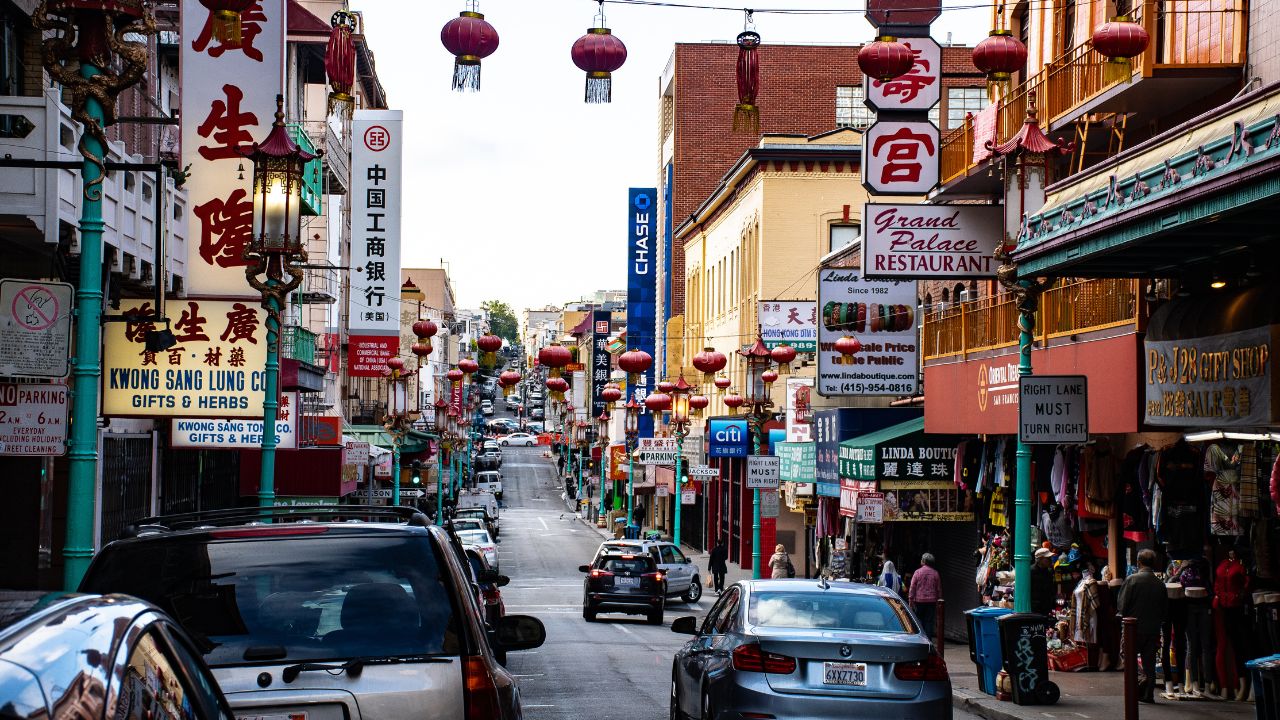Somewhere between the bright lights of São Paulo and the silence of the Cerrado, there’s a story that’s repeating itself around the world: small towns—once dismissed as sleepy backwaters—are suddenly learning how to sell themselves to the global market. Whether it’s Confresa in Brazil, Sioux Falls in the U.S., or Bhuj in India, these places are asking the same question: how do you turn local grit into global capital?
The answer isn’t magic. It’s strategy, storytelling, and a lot of patience.
1. Lead with What Makes You Different
Small towns can’t outspend the big cities—but they can outshine them in authenticity. Investors aren’t just chasing cheap land anymore; they’re looking for stability, talent, and story.
That means digging deep into your DNA. Confresa, for instance, doesn’t pretend to be a tech hub—it sells its agricultural might, its logistics potential, and its proximity to new road and rail corridors. In the U.S., mountain towns have leaned into eco-tourism and renewable energy zones.
The key is positioning your uniqueness as an asset, not a limitation.
2. Build a Business-Friendly Ground Game
Nothing turns investors away faster than red tape. For smaller municipalities, simplifying bureaucracy can make or break deals.
Towns that digitize permits, provide transparent land registries, and publish clear incentive packages have a massive edge. Brazil’s Gov.br portal now offers open data and streamlined digital filings for municipalities that want to showcase transparency—an underrated trust-builder for global investors.
A local “investment desk” staffed with bilingual representatives can also make a world of difference. Sometimes, it’s not about offering tax breaks—it’s about answering emails fast.
3. Invest in Infrastructure Before Marketing
Every small-town mayor dreams of foreign investment, but roads, power, and internet come first. A polished investment brochure means little if a truck can’t reach your industrial park.
This is where local partnerships matter. Aligning with regional and national infrastructure programs—like Brazil’s Programa de Parcerias de Investimentos (PPI) or India’s Smart Cities Mission—can unlock funding and visibility.
Even modest upgrades, such as fiber-optic internet or solar-powered street lighting, signal progress to investors scanning the map for “next-up” regions.
4. Develop Local Human Capital
Global investors follow talent. A small town with a reliable, trainable workforce is infinitely more attractive than one with empty land and no skills base.
That’s why local technical schools and partnerships with universities or vocational centers matter. In Mato Grosso, the Instituto Federal de Educação (IFMT) is training rural youth in agribusiness technology, directly feeding companies investing in the region.
When investors see that the next generation already speaks their industry’s language—whether it’s coding, crop management, or logistics—they start paying attention.
5. Use Data to Tell Your Story
Investors don’t buy feelings; they buy confidence backed by numbers. Small towns need to act like startups—measure everything and showcase results.
That means publishing clean, accessible data on:
| Indicator | Why It Matters | Example |
|---|---|---|
| Workforce size & education | Shows available talent | Local census or school enrollment data |
| Infrastructure coverage | Proves reliability | Roads, internet, power stats |
| Industry output | Indicates economic base | Crop, tourism, or manufacturing volumes |
| Local incentives | Attracts interest | Tax breaks, land use policy |
| Cost of living | Demonstrates affordability | Housing, labor, and logistics costs |
This isn’t about bragging—it’s about credibility. Citing sources like IBGE or national investment agencies builds trust with foreign stakeholders who may never set foot in town before wiring money.
6. Forge International Partnerships
Going global starts with going regional. Small towns can form clusters—agricultural corridors, tech alliances, or trade networks—to scale their presence.
For example, municipalities in central Brazil are forming joint logistics cooperatives to negotiate export routes together. In Africa, towns along Kenya’s LAPSSET Corridor are pooling resources to attract infrastructure funding. Strength in numbers signals stability.
Partnerships with international development banks (like the Inter-American Development Bank) or twin-city agreements can also boost legitimacy and open new funding doors.
7. Showcase Sustainable and Social Credentials
Investors care about ESG (Environmental, Social, and Governance) metrics more than ever. If your town is planting trees, generating renewable energy, or funding youth training, don’t bury that story—broadcast it.
For instance, Confresa’s emerging “low-carbon agriculture” initiative, aligned with Brazil’s ABC+ Program, isn’t just good for the planet—it’s catnip for ESG investors.
Small towns that integrate sustainability into their brand are better positioned for green funds and impact investment capital.
8. Tell a Global-Ready Story
Marketing matters—but it has to sound human, not bureaucratic. Think narrative, not jargon.
Create bilingual promotional materials. Film local entrepreneurs telling their stories. Share before-and-after footage of infrastructure projects. Let the world see your momentum.
Investors want to feel your community’s energy and vision. If a town in rural Mato Grosso can show progress with the same clarity as a São Paulo startup, it levels the playing field overnight.
9. Attract, Then Retain
Landing an investment deal is step one; keeping it is where the real work begins. Towns that offer predictable policy, community buy-in, and long-term support are the ones that keep capital flowing.
That means stable governance, quick dispute resolution, and consistent communication. A multinational that feels respected locally often reinvests and brings in others.
10. Think Beyond the Immediate Payoff
Finally, global investment shouldn’t just pad municipal coffers—it should transform the local ecosystem. That means tying foreign capital to local supply chains, training, and community projects.
When investment uplifts everyone—from farmers to shop owners—you get more than money; you get momentum.
Case in Point: The Confresa Example
A decade ago, Confresa, MT, was still considered a remote agricultural town. But its leaders started aligning with national logistics corridors, upgrading rural roads, and forming cooperatives to attract grain exporters.
Today, regional investors from São Paulo and even Europe are funding silos, processing plants, and renewable energy projects. Confresa didn’t wait for a miracle—it branded itself as the next agricultural frontier, and the world took notice.
Quick Strategy Table
| Focus Area | Key Action | Outcome |
|---|---|---|
| Governance | Simplify regulation & improve transparency | Faster investor onboarding |
| Infrastructure | Align with national projects | Lower logistics costs |
| Human Capital | Train youth in target industries | Skilled local workforce |
| Branding | Tell a clear, global story | Increased visibility |
| Sustainability | Adopt ESG programs | Access to green funding |
| Retention | Offer stable local policies | Repeat investment |
FAQs:
Can small towns really compete with cities for global investment?
Absolutely—if they specialize, simplify bureaucracy, and build clear economic identities.
What attracts foreign investors most?
Stability, skilled labor, infrastructure, and transparency. Incentives help, but trust seals the deal.
How can towns market themselves internationally?
Through digital campaigns, partnerships, trade missions, and bilingual content that highlights their strengths.

















